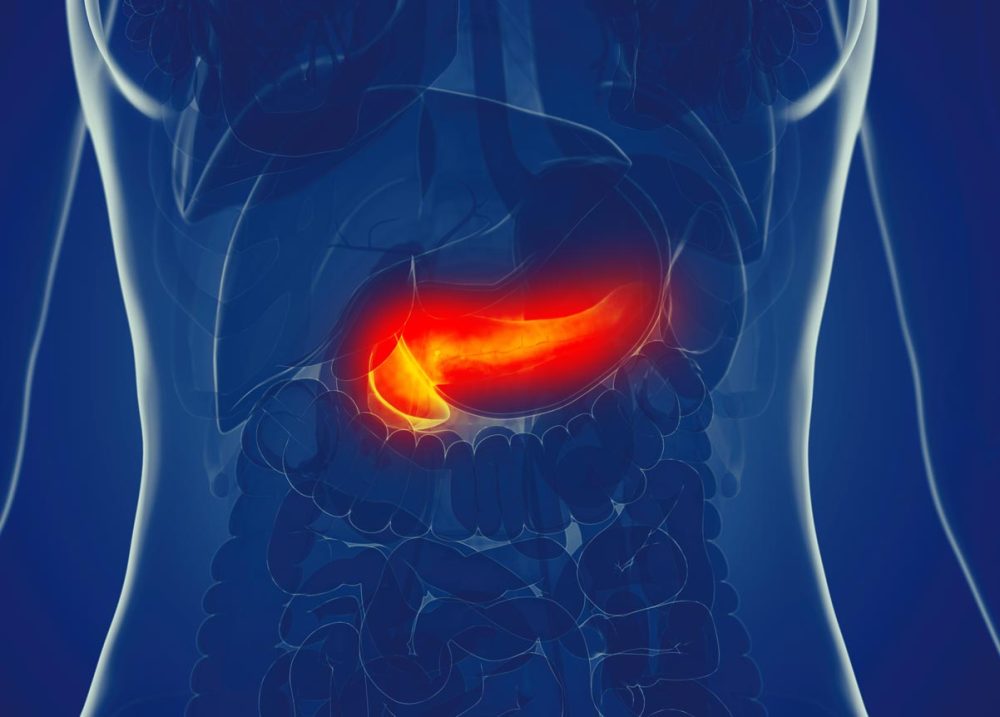Advertisment
ACC 2024 – Plozasiran effective for severe hypertriglyceridemia in patients at high risk of pancreatitis

Patients with severely elevated triglyceride levels who are therefore at risk of developing acute pancreatitis have achieved a 74% average reduction in triglyceride levels, when treated for 24 weeks with the investigational drug plozasiran.
Researchers reported the results of the SHASTA-2 trial on April 7, 2024 at the ACC/American College of Cardiology’s Annual Scientific Session.
“Plozasiran produced significant reductions in triglyceride levels below the threshold associated with elevated risk for pancreatitis, with a favorable safety profile,” said lead author Daniel Gaudet, MD, PhD, professor of medicine at the University of Montreal in Quebec, Canada. “These data support the initiation of pivotal studies of plozasiran for the treatment of severe hypertriglyceridemia.”
As background, the authors noted that severe hypertriglyceridemia, triglyceride levels over 500 mg/dL, can also lead to pancreatitis, which can be life-threatening. Plozasiran lowers the production of the liver protein ApoC3, enabling the liver to achieve greater clearance of triglycerides and other fats.
SHASTA-2, a phase 2b trial, evaluated the efficacy and safety of plozasiran as an add-on to approved lipid-lowering treatment in patients with severe hypertriglyceridemia.
Average triglyceride level at baseline was about 900 mg/dL.
The majority of subjects had no less than three of the following risk factors at baseline, elevated risk for or history of cardiovascular disease, diabetes, low HDL cholesterol and high body mass index.
The investigators randomized 229 subjects to four cohorts. Those in three of the cohorts received two injections of plozasiran at one of three doses (10 mg, 25 mg or 50 mg). Those in the fourth cohort received two placebo injections.
The subjects received their first injection on day one and their second injection at week 12.
The primary endpoint was percentage change in triglyceride levels from baseline to 24 weeks.
The average reduction in triglyceride levels at 24 weeks in plozasiran-treated subjects was 74%, compared with 17% in subjects who got a placebo.
At 48 weeks the average reduction in triglyceride levels was 58% in subjects who received the highest doses of plozasiran, compared with 7% for those who received a placebo.
The investigators reported that, at 24 weeks, over 90% of subjects treated with 25 mg or 50 mg of plozasiran had achieved triglyceride levels below 500 mg/dL, the accepted threshold for an increase in risk for pancreatitis. At 48 weeks, 77% of these same subjects still had triglyceride levels of less than 500 mg/dL.
Over half of the subjects on 25 mg or 50 mg of plozasiran achieved triglyceride levels of below 150 mg/dL (normal range) at 24 weeks.
At 24 weeks, average reduction in ApoC3 was 78% for plozasiran-treated subjects compared to 1% for those in the placebo-treated group. At 48 weeks, ApoC3 levels were an average of 48% lower than at baseline among subjects receiving 25 mg or 50 mg of plozasiran, and had increased 4% in the placebo-treated cohort.
“Significant and durable dose-dependent reductions in ApoC3 and triglycerides persisted through week 48, or 36 weeks after patients received their second dose of plozasiran,” Gaudet said. “From the patients’ standpoint, the possibility that in the near future there could be an agent that safely and effectively lowers severely elevated triglyceride levels and reduces or eliminates the risk of developing pancreatitis is extraordinary,” he added.





